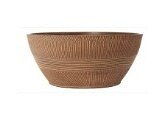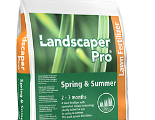
Designing your garden for spring
5 Minute Read
Whether you have a large, rural garden or a smaller urban green space, working out what you want from your garden is the first step to getting the most out of it. A bit of careful planning and design goes a long way. Keep reading for our top tips to designing your garden for spring.Planning your garden
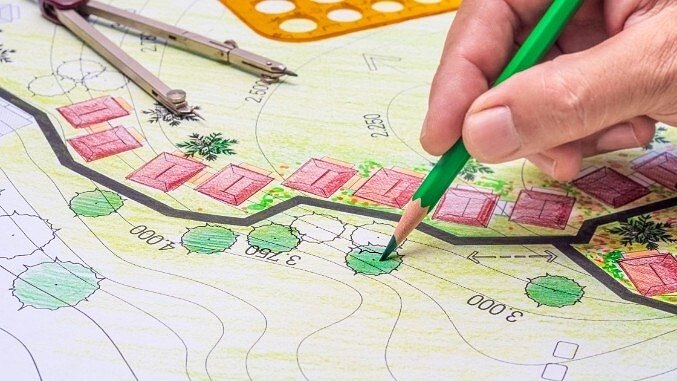
Create a sketch of your garden, including any boundaries, your home, existing plants and features, this will work as your base plan. Draw your garden to scale and note where the direction of the sun to indicate where the natural shaded, sunny and damp areas already exist.
- Top tip: if you have recently moved home, you may want to wait to experience your garden in every season, what may look bare now could contain a mass of flowers later once spring rolls around. You never know what could be planted in beds, borders and lawns and could be pleasantly surprised once some flowers being to bloom!
What to plant?

Next, start by making a list of essentials - e.g a greenhouse, a spot to grow vegetables or a pond. Once you know what features you want in your garden, you can start playing around with placements on your earlier sketch. It's also a good time to list the kinds of plants you want growing in the garden - perhaps roses to transport you back to your childhood or an apple tree so you can make delicious homemade recipes, making a note (or taking photos) of plants you like will help to inspire what you ideally want to get from your garden.
How long?
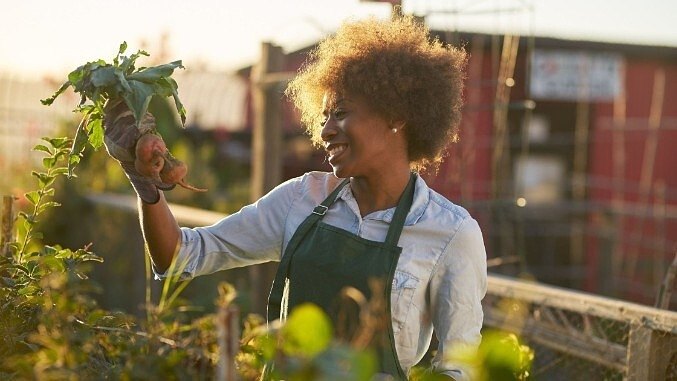
It's also worth thinking about how much time you want to dedicate to your garden, while some may be content with spending any spare moment tending the garden, others may not have the same amount of time or ability to dedicate. High-maintenance jobs such as lawn care and large vegetable gardens may not be ideal for those who can't spend as much time maintaining the garden. Keep this in mind when you come to planning - while high-maintenance jobs take up time, they can also be incredibly rewarding, so don't be put off by this if you'd like a change of pace this year.
Types of gardens
There are plenty of ideas when it comes to planning your garden, essentially it comes down to what you would like to grow, perhaps you're more of a cottage garden lover than a vegetable grower or would prefer a space to encourage more wildlife to visit; the beauty of having a garden means being able to evolve it over time to shape your desires and to get the best out of your space.
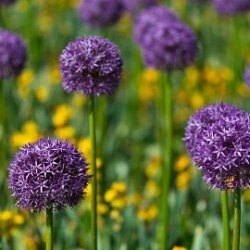
Ornamental gardens
Ornamental gardens can be a wonderful place to relax and take in nature and can be as uniform or as informal as you like.Ornamental gardens need regular attention and tidying, although this can be adapted to the gardener, so if you would prefer more of a wild space there is an element of flexibility, depending on the plants you plan on or already have growing.
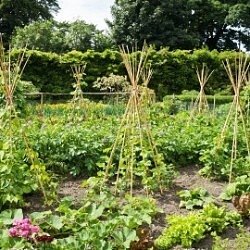
Kitchen gardens
You'd be surprised at how much you can grow in a small space from fresh fruit to delicious vegetables and herbs, knowing the conditions for each plant is essential as they all have their requirements from needing sun exposure to being shade-tolerant. It's also worth noting which plants will need regular rotation, to prevent disease, be sure to research the produce you'd like to grow first!Growing produce you know you and your family will enjoy is such a confidence boost.
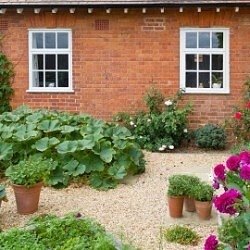
Gravel and stone gardens
Landscaping with decorative stone and or gravel is an instant way to add a stylish finishing touch to your space. Decorative stones can be used in all manner of ways and can compliment container gardening.Decorative stone can be used in landscaping to zone areas of the garden, create interest and break up space. It's also ideal for those who would prefer a low-maintenance garden.

Wildlife gardens
Our gardens can be habitats for a vast array of different species - even the most neglected spots house some degree of wildlife. Wildlife gardens help to create greater levels of biodiversity and tend to feature ponds and contain plenty of flowers and fruits for insects and birds to enjoy.Wildlife gardens are usually a bit more wild and unkempt with long grasses and flora of varying height and dimensions.
Finishing touches
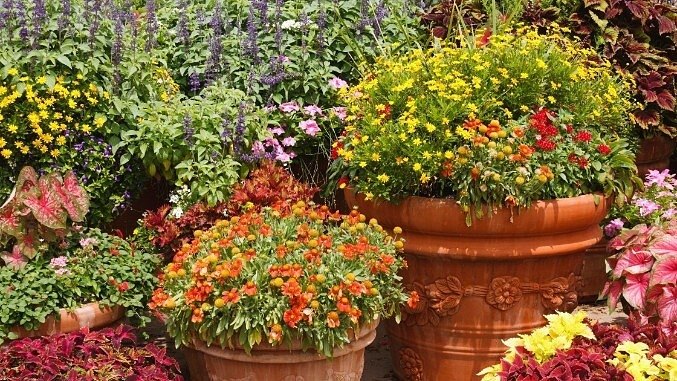
Once you have your garden designed and are raring to go, it's almost time to start visualising the end result, but first make sure to ensure any decorative features such as archways, plant pots, bird tables compliment your new space and work out how they will help to create uniformity in your new space.
- Top tip: adding decorative plant pots to raised beds and borders can add visual excitement and create varying levels of interest within the garden. While planting bulbs and seeds in window boxes can help to create a cottage garden feel.
Have you considered any other features you would like in the garden? if so, this is the time to decide if they would work in the newly designed space. Working this all out early on will help you to ensure you make the most of the space you have available.
Finally, and most importantly, being able to enjoy your space is essential, think about the early days of spring rolling into the long days of summer, imagine your garden springing to life and how the space makes you feel, making the most of that will help you to get the most from your garden during peak season!
Gardening essentials
Comments (0)
Why not be the first to send us your thoughts?
Leave A Comment
Most popular articles
1
Plastic plant pots dimensions and uses2
Peat vs Peat Free - Choosing the right Potting Compost3
How to Grow Watercress at home in plant pots4
January Jobs5
Our guide to seed sowing compost

